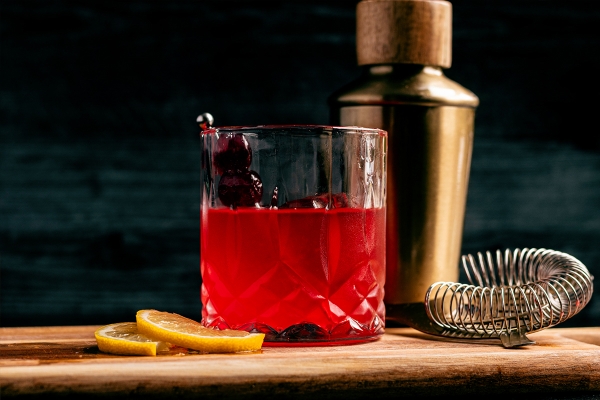
RFPs, or Requests for Proposals, are a common way of soliciting work in the creative industry — and they can be an equally challenging (and often painful) process for everyone involved. In a written description alone, it can be difficult for a buyer to clearly articulate what service or product they’re looking for in an RFP. This can leave folks in the creative industry pouring hours into a proposal that isn’t actually what the client needs, which is a lose-lose situation for everyone.
Personally, we think RFPs work best when treated like a job interview. Injecting a human-centric, communicative approach to the RFP process helps buyers find vendors who will be a good fit for their organization, and takes the hoop-jumping guesswork out of the process for the creatives in the vendor position. This week, we share strategies for making RFPs effective for both clients and vendors, what we think makes certain RFPs “junk,” and our best and worst experiences with responding to RFPs.
The Forbidden Sour
The Forbidden Sour


Ingredients
- 1 oz bourbon
- 1 oz Pama pomegranate liqueur
- 1 oz lemon juice, freshly squeezed
- 1/2 oz simple syrup
- Garnish: orange wheel & a cherry
Preparation
- Add the bourbon, pomegranate liqueur, lemon juice and simple syrup into a shaker with ice and shake until well-chilled.
- Strain into a rocks glass over fresh ice.
- Garnish with an orange wheel and a cherry.






